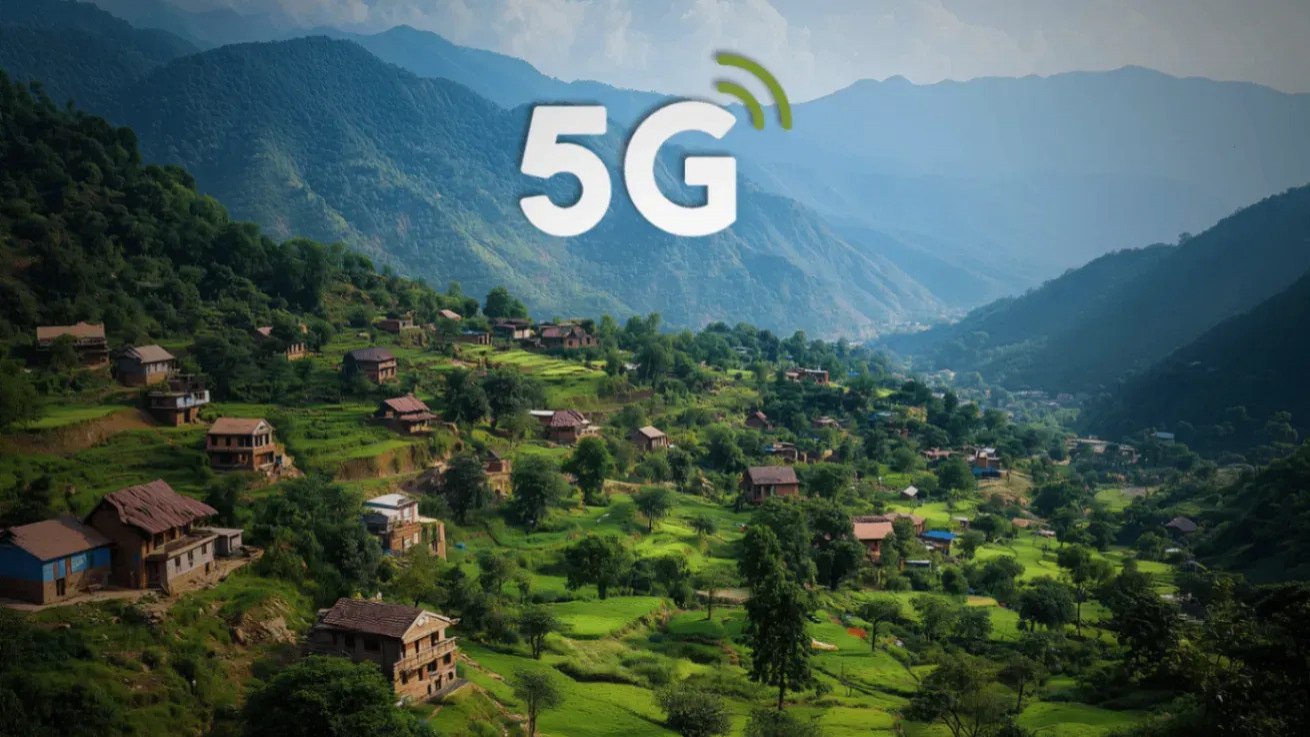Why 5G Rollout in Rural Areas Is Slower – And What You Can Do Today
5G is the latest generation of mobile technology, designed to bring faster speeds, smoother streaming, and better connections for more devices at once. While it’s making headlines in major cities, rural communities often wonder why they’re not seeing the same upgrades. The truth is, the road to 5G in rural America is full of challenges of 5G in rural areas. Let’s look at the main obstacles, why they matter, and how services like Ubifi are stepping in to fill the gap right now.
1. Fewer People, Bigger Distances
5G works best when lots of people live close together, because one tower can serve many customers at once. Rural towns and farmlands have the opposite problem—homes and businesses are spread out over large areas. This means a provider must build more towers to cover the same number of users. Each tower costs hundreds of thousands of dollars, making it harder for companies to get a quick return on their investment.
2. Lack of Fiber Connections
Even the best 5G tower is useless without a strong “backbone” to connect it to the internet. This backbone is usually made of fiber optic cables. In rural regions, fiber networks are rare because installing them over long distances is expensive and time-consuming. Without these connections, a rural 5G tower might still work—but it won’t reach the gigabit speeds you see in ads.
3. Terrain and Weather Challenges
In big cities, 5G signals travel through open streets with few obstacles. In rural areas, signals have to pass through hills, trees, and even changing weather conditions. Heavy rain, snow, and foliage can all weaken the connection. High-frequency 5G is especially sensitive to these issues, which is why many rural rollouts start with lower-frequency 5G that travels further but isn’t as fast.
4. Lower Business Priority
Internet providers are businesses first, so they focus on areas where they’ll earn back their investment the quickest. Cities usually get 5G upgrades first because they have more people, which means more paying customers in a smaller area. For rural residents, this often means being placed at the end of the rollout schedule, waiting years for full coverage.
5. The Rural Digital Divide
This difference between urban and rural internet access is called the digital divide. It doesn’t just affect entertainment—it impacts education, healthcare, farming, and local business growth. Students can’t join online classes reliably, farmers can’t use smart equipment effectively, and telehealth becomes harder to access. Without solutions, rural areas risk falling further behind in the digital economy.
Ubifi: An Immediate Option for Rural Internet
While full 5G coverage may be years away, rural residents don’t have to wait for better internet. Ubifi offers fixed wireless internet that uses existing LTE and low-band 5G networks to deliver strong, reliable connections.
Advantages of Ubifi in rural areas:
- Works in places without fiber or cable.
- Uses existing cell towers to provide coverage.
- Delivers unlimited high-speed data for streaming, work, and school.
- Quick to set up—no digging or construction needed.
For many households and small businesses, Ubifi is one of the best current rural internet solutions until 5G expansion catches up.
6. How to Speed Up Rural 5G Access
Closing the rural broadband gap will require a mix of strategies:
- Government programs to fund rural infrastructure projects.
- Partnerships between telecom companies to share towers and backhaul.
- Combination of technologies like low-band 5G, satellite, and fixed wireless.
- Local initiatives that push for faster rollout and funding.
This isn’t just a tech upgrade—it’s an investment in rural communities’ future.
Conclusion
It’s unlikely that rural areas will see full high-speed 5G coverage overnight. However, progress is being made every year as providers expand their networks and government programs target underserved areas. In the meantime, rural families, farmers, and small-town businesses can turn to solutions like Ubifi to bridge the gap and enjoy a dependable internet today.
FAQs About Challenges of 5G in Rural Areas
Q1: Why does rural 5G take so long to roll out?
Because of high costs, long distances, and lack of existing infrastructure.
Q2: Can 5G work in remote areas?
Yes, but it requires more towers and often starts with lower-frequency 5G for better range.
Q3: What’s the best internet option until 5G arrives?
Fixed wireless providers like Ubifi offer strong, reliable service in many rural locations.
Q4: Does terrain really affect 5G speed?
Yes—hills, trees, and bad weather can all weaken 5G signals, especially at higher frequencies.
Q5: Will rural areas ever get high-speed 5G?
Yes, but it depends on funding, infrastructure, and rollout priorities, which may take several years.









